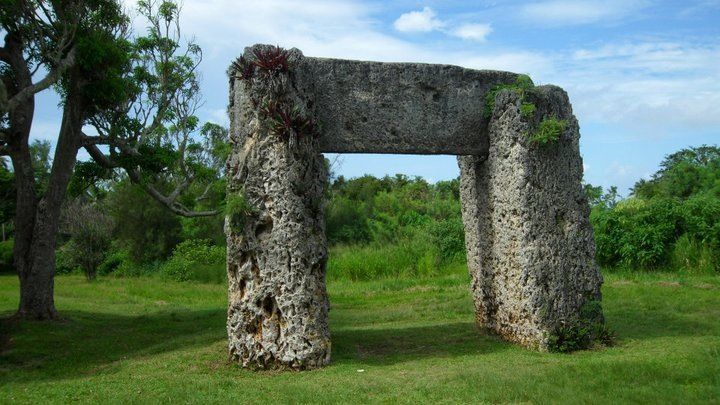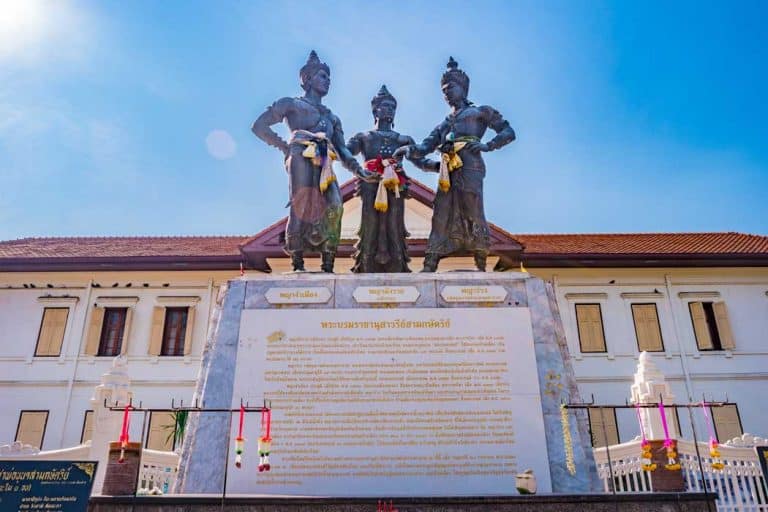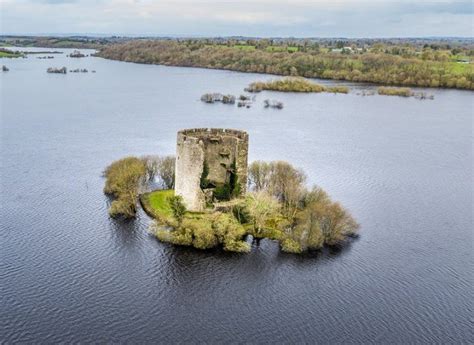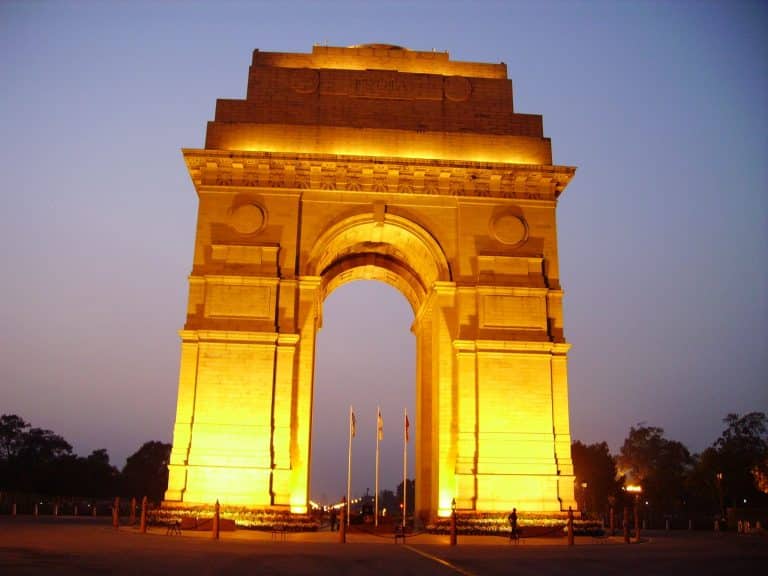Oceania
After spending some time in Southeast Asia, I decided to explore the region of Oceania.
Site 1: My first destination in Oceania was the Momi Battery, located on the island of Viti Levu, Fiji. The site is specifically located in Momi Bay and consists of two six-inch guns that were built by the military of New Zealand to ward off Japanese ships in May, 1940. Both the Fiji Defense Force and the Fiji Public Works Department helped with the sight’s construction as well. The two guns were completed in April of 1941. When the guns were finished, they were able to fire a shell the size of forty-five kilograms over fourteen kilometers. The site was positioned in this area for the ample view of Naval Passage, the only channel in the western part of Fiji that bigger ships could use. When it was built, there were only six other gun batteries in the country. The batteries closed in February 1944, when the Japanese retreated from their defeat at the Battle of Guadalcanal in the Solomon Islands. The Momi batteries opened to the public in August 24, 2017, once the National Trust of Fiji oversaw its restoration. When I saw the site, I first noticed that there were shelters that enclosed the guns. Each gun had a separate bunker leading up to their location, and both the bunker and the shelter protecting the guns were built out of cement that was painted over with a camouflage pattern. When I saw the guns, I was impressed with their length. The guns were seven meters long. I noticed that they were each positioned on top of a small hill, likely for getting a good view of the ocean, so as to detect enemy ships. This site shows a part of Fiji’s history, particularly the role it played in the Second World War. Consequently, it is also a testament to human resilience and determination. Today, many tourists come to explore this site and the other buildings that are associated with it: the building for fire control, an armory, command post, and a range-finder.
The Momi Battery in the distance:
A close up of one of the Momi batteries:
Site 2: The next site I visited was Ha’amonga a’ Maui (meaning Maui’s Burden) on the island of Tongatapu, Tonga. It is located near a village called Niutoua. The site was constructed sometime during the start of the thirteenth century by Tui’tatui (Strike-the-Knee), the eleventh king of the Tu’i Tonga kingdom. The king built this monument to symbolize the bond between his two sons, Lafa and Talaihaapepe and to remind them to maintain their bond. No one can be sure of what the site’s purpose was, however. Some speculate that it was an entrance to King Tui’tatui’s palace in Heketa. Yet others say that it was built to determine the position of the sunrise during equinoxes and solstices. Some have also speculated that this monument may have been used as an observatory. When I first saw the site, I noticed that it was made from the unique combination of limestone and coral. I noticed that it was constructed in a formation known as a trilithon, which is when two slabs of stone are positioned upright and hold a third stone slab on top. There were deep groves on the two side stones to hold the third stone slab. I was also impressed with the size of the stones. Each of the two slabs of stone on the sides weighed thirty to forty tons. The site also went up to seventeen feet (or 5.2 meters). The trilithon is also 5.8 meters (or nineteen feet) long and 1.4 meters (4 1/2 feet) wide. Interestingly, the two side stones represent the two sons of King Tui’tatu. The eastern stone is supposed to represent Lava, while the western stone symbolizes Talaihaapepe. The site now has other names, such as the Gate of Tonga or the Maui Trilithon. It’s resemblance to the Stonehenge in Britain also earned it the nickname “Stonehenge of the Pacific.” This site is a popular tourist attraction in Tonga today, and also serves as a gateway into the nation’s history.
Ha’amonga a’ Maui:






